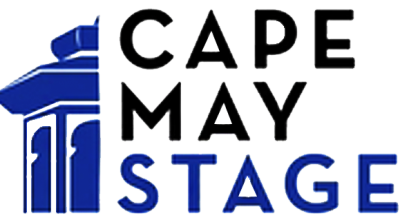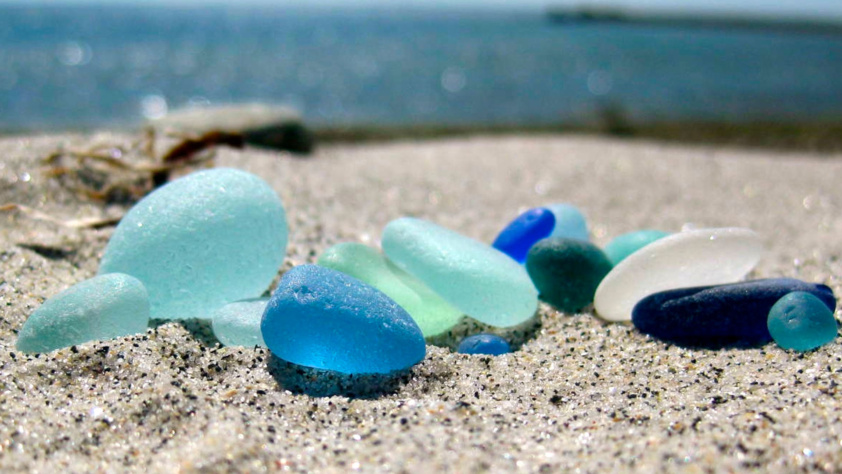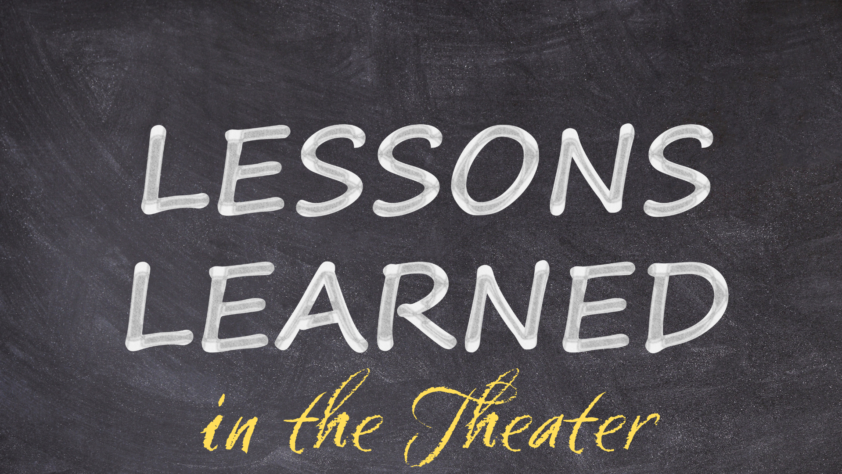By Roy Steinberg, Producing Artistic Director
“Excellence cannot be bought but it must be paid for” is a slogan as true for the New York Yankees as it is for artistic organizations in Cape May. It costs money for Aaron Judge to break the home run record of Roger Maris but money alone can’t insure a World Series ring.
As we enter a museum, music concert, dance recital or theater we are civilized and entertained by that experience. Funding those enterprises has costs beyond the price of the paintings and sculptures or artists. Creating theatre costs money; good theatre costs more.
Cape May Stage, for example, pays tens of thousands of dollars to maintain the beautiful Robert Shackleton theatre at 405 Lafayette Street across from Rotary Park. The building needs to be painted and heated and air conditioned. A fire suppression system must be inspected and maintained. There is insurance to be paid and landscaping to be contracted. Like everyone else, Cape May Stage pays for electricity and water. Most recently, special tests for air flow had to be budgeted to conform to protocols mandated by Actors Equity Association. We even have a Covid Safety Officer and supply actors and stage managers with Covid tests to insure everyone’s safety.
The same is true for museums that have people selling tickets or for dance studios and music clubs that require special sprung floors and sensitive audio equipment.
Each play has its own demands – everything you see has to be done at every performance so eating a simple salad onstage has a cost. If a costume is supposed to be soiled, we need to figure out how to clean it every night. Prices for building materials for sets – like lumber and paint and hardware have increased. Labor costs have risen and people backstage who might move scenery or launder costumes or purchase consumable props have had their salaries increase.
More visible is the work of designers – lights and sound and costumes and sets and projections. Our audiences are wowed by these creative designs and each designer is paid and given a budget to accomplish the looks and sound that tell our stories.
Actors are paid not only a weekly salary but also require contributions to their pension, health insurance and taxes. We maintain another whole property for our guest artists to live while they are sharing their artistry onstage.
All arts organizations pay professionals to design posters and programs. The presence they have on social media doesn’t just happen – hours of work go into that.
Leadership costs money too. New initiatives and research must be funded. Every artistic organization has someone who does accounting. A realtor told me that he sells Cape May when selling real estate in other shore towns – “all they have is sand but the proximity to Cape May is access to restaurants and concerts and lectures and theatre”.
All of these costs don’t ensure that Cape May will attract major artists in all disciplines but without paying the aforementioned costs, our vibrant artistic community will shrivel. That so many of our ticket buyers and donors step up to make that happen is what keeps the theatrical vitality alive in Cape May. On behalf of all of the not-for-profit organizations in and around Cape May, I am so grateful to live in this community.



